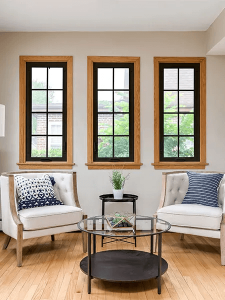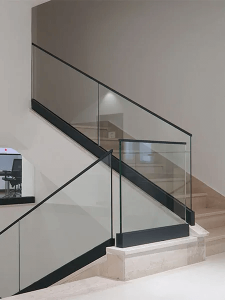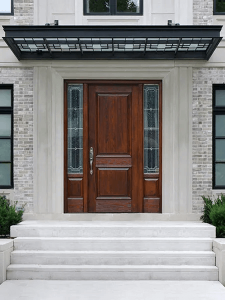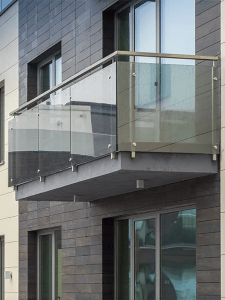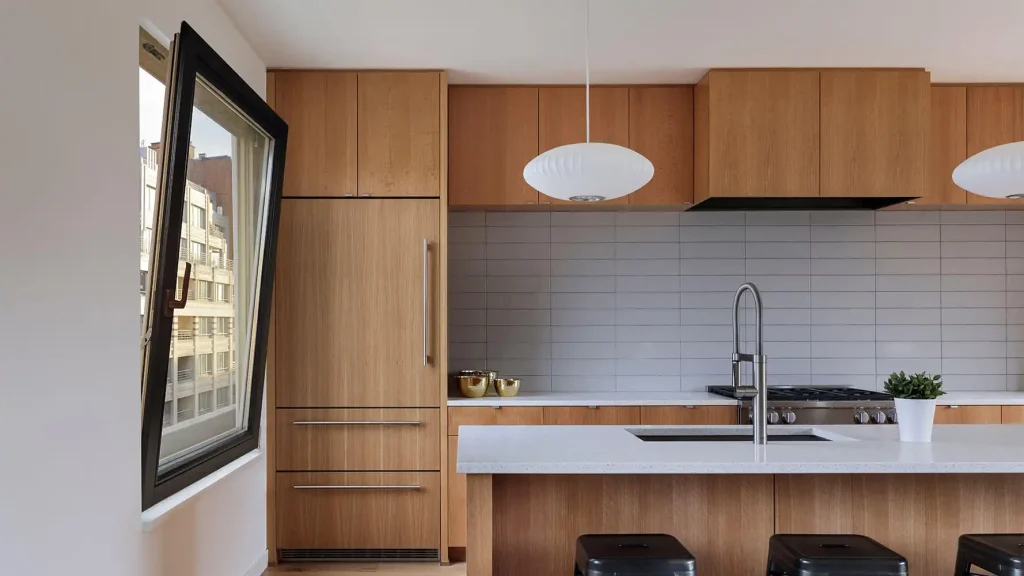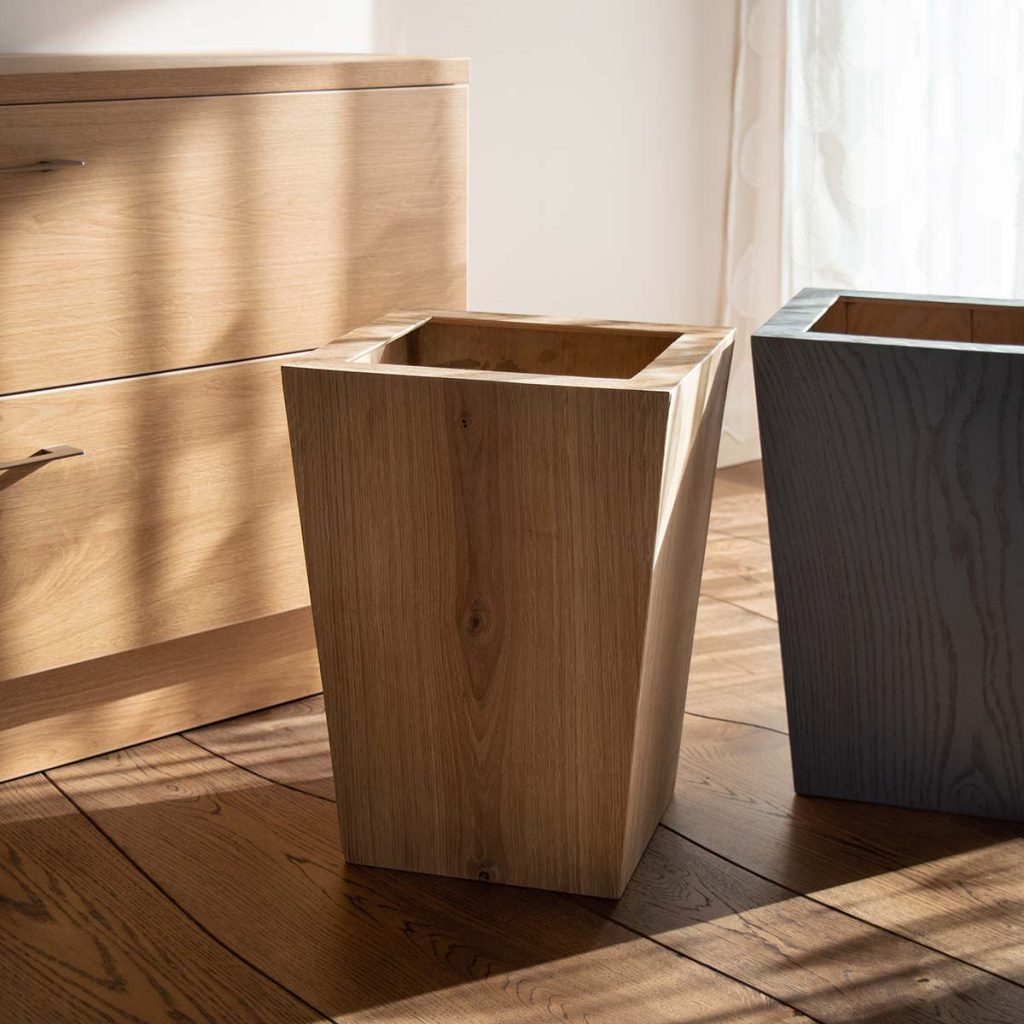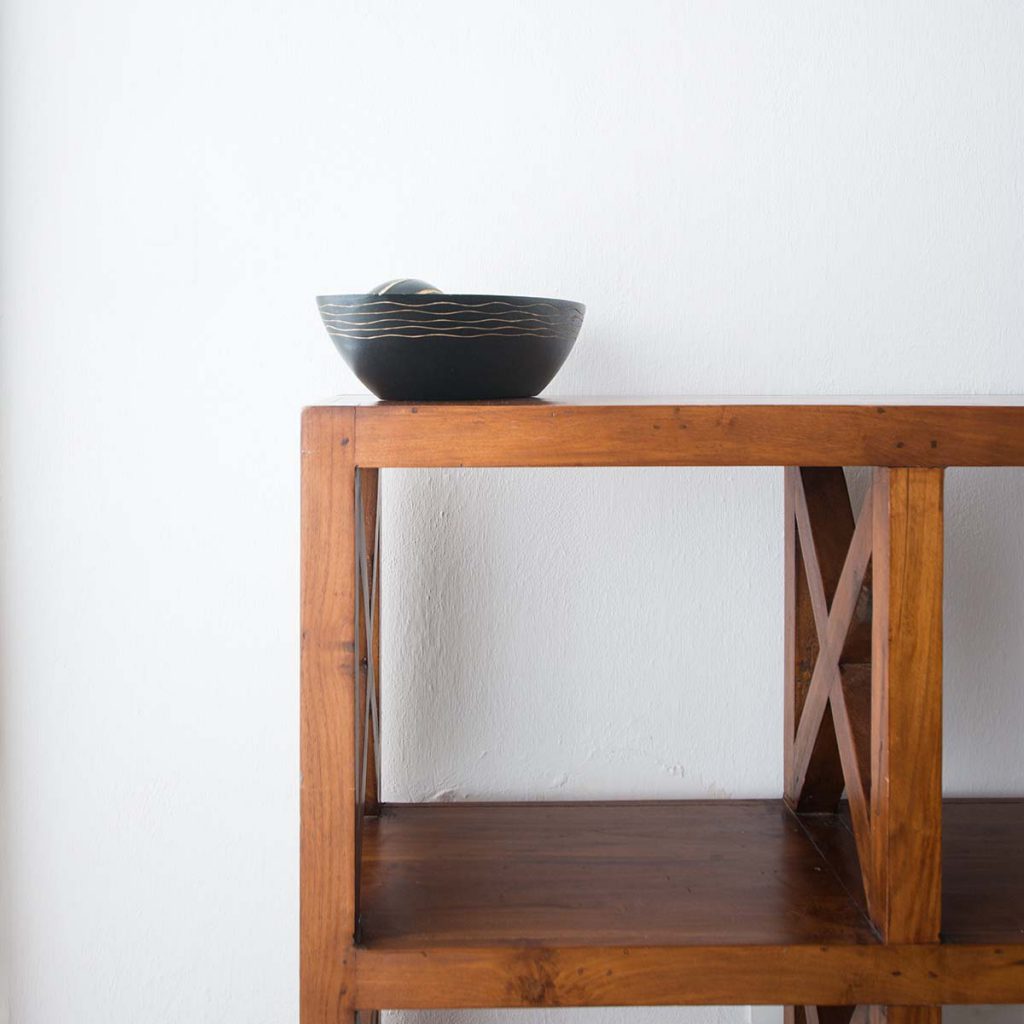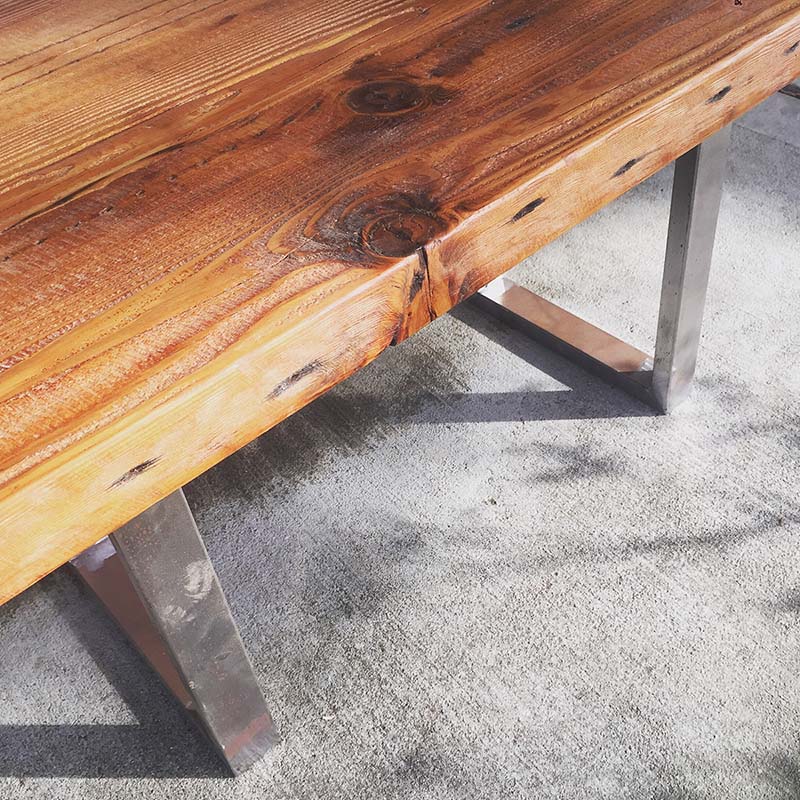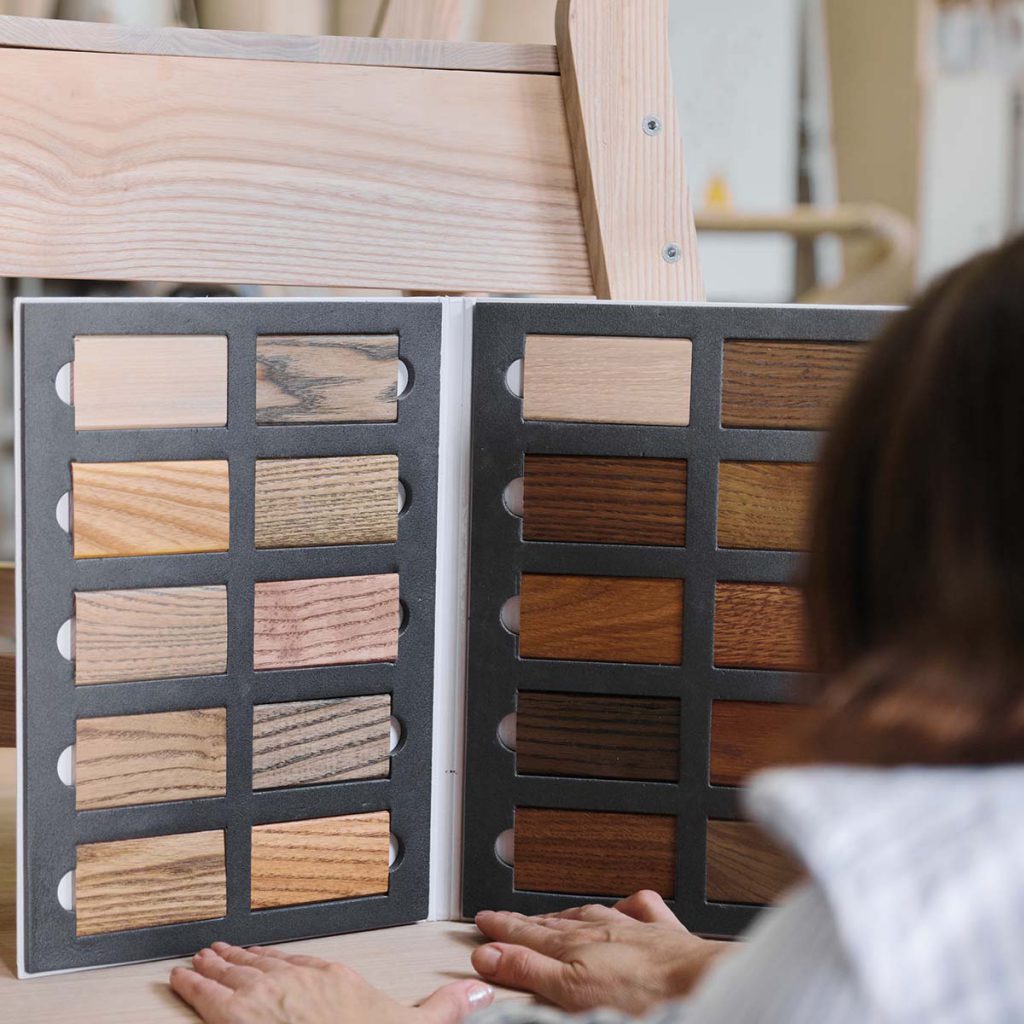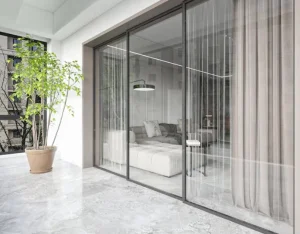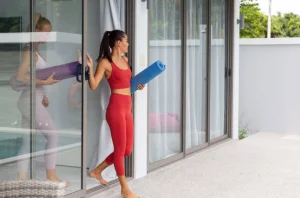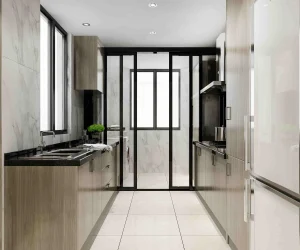Why Do Double-Pane Windows Still Matter in 2025?
If you’ve been following home improvement trends, you might think triple-pane glass is taking over the market. And yes, it’s getting popular. But double-pane windows are still the go-to choice for most homeowners and even small contractors in 2025. Why? They hit that sweet spot where price and performance actually make sense.
Balancing Cost and Energy Savings
A quality set of double-pane vinyl windows can cut heating and cooling bills by 20–25%. That’s not marketing fluff—it’s from U.S. Department of Energy case studies on Midwestern homes that swapped out single-pane glass. Sure, triple-pane could push savings a little further, but the payback takes much longer. For someone juggling a remodel budget, that math is pretty important.
Everyday Comfort Benefits
It’s not just about the bills. Double-pane windows noticeably quiet traffic noise if you live on a busy street. I had a friend in Denver replace a 1960s aluminum slider with a modern argon-filled unit, and she could finally sleep without hearing every bus down Colfax Avenue. Condensation also drops off, which is important if you’re tired of waking up to fogged-up glass every winter.
Key Features to Look for in 2025 Double-Pane Windows
The trick isn’t just buying “double-pane.” The details under the hood make the difference.
Glass Layers and Spacer Technology
Standard double-pane glass uses an air gap, but higher-performance ones use argon or krypton gas between the panes. Argon is cost-effective and works fine for most climates. Krypton insulates better but adds cost—think of it as the luxury option. Pay attention to warm-edge spacers too. They reduce heat transfer along the edges, where energy usually leaks first.
Frame Materials That Make a Difference
Frames aren’t just decoration. Vinyl remains king because it’s affordable, low-maintenance, and readily available. Fiberglass is tougher and resists warping, especially in areas with big temperature swings—contractors in Minnesota swear by it. Wood looks beautiful, but unless you like sanding and painting, it can be a headache. Some hybrids, like aluminum-clad wood, balance looks with durability, though you’ll pay for the combo.
Energy Ratings That Matter
Don’t skip the labels. In the U.S., the NFRC rating is basically the report card. U-Factor tells you how well the window keeps heat in; lower is better. Solar Heat Gain Coefficient (SHGC) matters if you live in hot, sunny places like Arizona—you want a lower SHGC there. A window with a U-Factor around 0.25 and SHGC around 0.3 is usually considered solid in 2025.
Best Double-Pane Window Brands in 2025
Instead of juggling dozens of names, it makes sense to focus on companies that balance innovation and real-world reliability. Hiseng’s window support is one of those. The company has built a reputation for delivering double-pane windows that combine strong energy performance with practical designs suited for different climates.
Our 2025 product lines highlight argon-filled units with advanced Low-E coatings, available in both vinyl and hybrid frames. Contractors appreciate that the warranty covers both materials and installation, which isn’t always standard in the industry. For buyers outside the U.S., Hiseng also provides export-ready models, which is a big deal for projects that need consistent supply at scale.
Cost vs. Value: What’s the Real ROI in 2025?
This is where things get practical.
Upfront Price Ranges by Material and Brand
A ballpark estimate: vinyl double-pane windows run about $350–$600 per window installed. Fiberglass jumps closer to $800–$1,200. Wood hybrids can creep into four figures fast. For a mid-size house with 15–20 windows, the math adds up quickly, which is why people stop at double-pane rather than splurging on triple.
Long-Term Energy Savings in Different Climates
ROI depends heavily on climate. In Chicago, double-pane replacements can shave $400–$600 per year off utility bills. In San Diego, the savings might be half that because winters are mild. But even then, buyers notice comfort more than bill savings—less draft, more consistent indoor temps.
Rebates, Incentives, and Local Regulations
Don’t ignore government programs. The U.S. federal tax credit for Energy Star windows in 2025 is up to $600, and some states kick in additional rebates. Germany and the UK are also rolling out subsidies for “climate-friendly renovations,” and windows often qualify. It’s one of those boring but important details that can make the purchase decision easier.
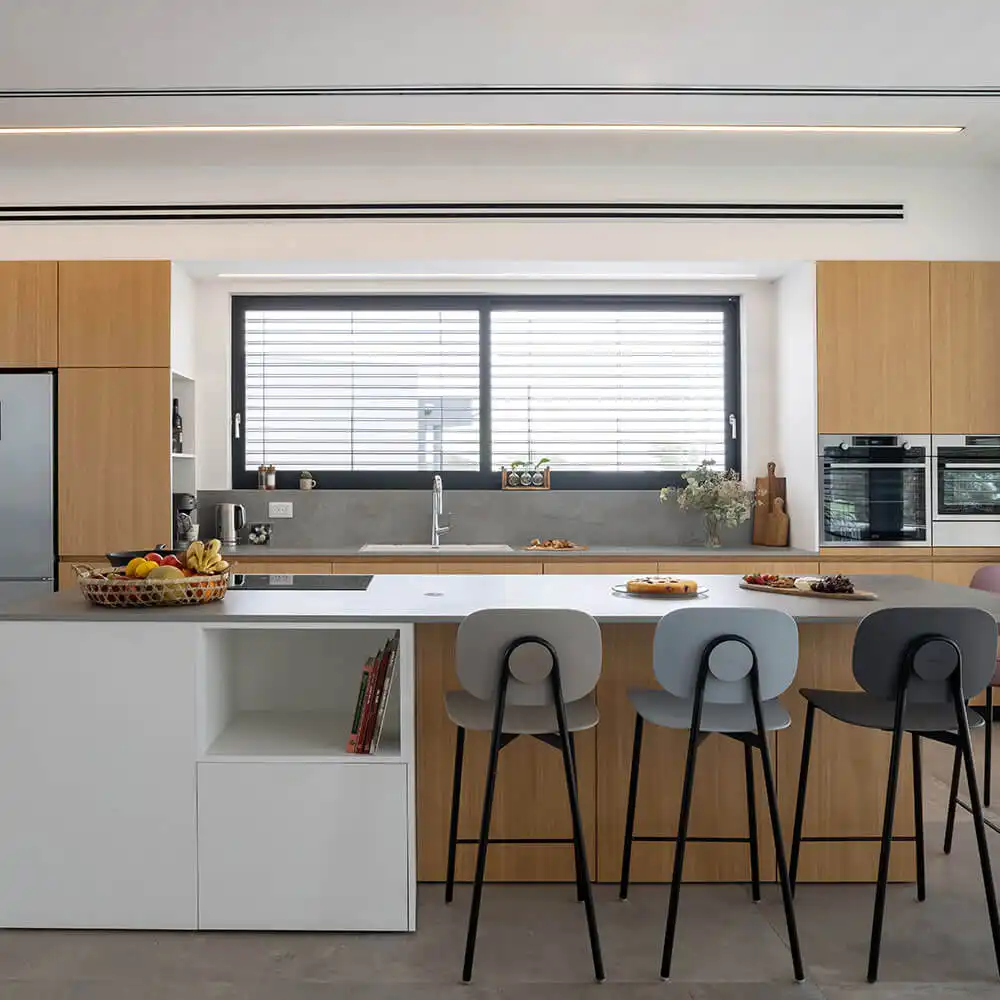
Conclusion: Making Smart Choices for Long-Term Comfort and Value
At the end of the day, double-pane windows still give you the best mix of price, energy efficiency, and real-world benefits. They’re not as flashy as triple-pane or electrochromic glass, but they deliver comfort you’ll notice immediately. If you’re shopping in 2025, forget chasing every new tech buzzword and more about what fits your house, your climate, and your wallet.
And honestly, sometimes it just comes down peace of mind. Coming home, shutting the windows, and not hearing every dog bark or garbage truck outside—that’s worth more than any a spreadsheet ROI. With brands like Hiseng, you get both the peace of mind and measurable energy savings, which is exactly what most people are looking for in 2025.
FAQ
Q: Are double-pane windows still a good choice in 2025?
A: Yes. While triple-pane glass gets attention, double-pane windows remain the most practical option for most homes. They balance cost, energy savings, and comfort. Many contractors still recommend them for everyday projects.
Q: How much money can I save with double-pane windows?
A: Savings vary by climate, but most homeowners see utility bills drop by 20–25%. In colder regions, payback can be just a few years. It’s less about exact numbers and more about steady comfort—fewer drafts, less condensation, and quieter rooms.
Q: Which materials work best for double-pane windows?
A: Vinyl is the most budget-friendly, fiberglass offers strength and stability, and hybrids like aluminum-clad wood deliver a premium look. Hiseng, for example, provides vinyl and hybrid frames tailored for both residential and export projects.

